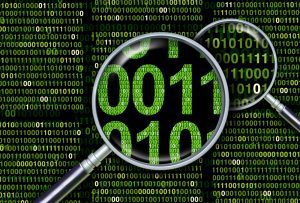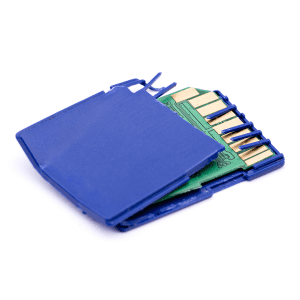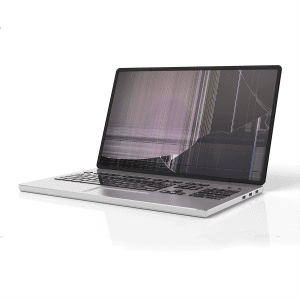Hidden Costs of an Internal Digital Forensics Lab
Many of our law enforcement clients currently have or have had their own internal digital crime lab. At some point, each of these departments built their own lab, but have moved away from that decision over time.
Here are the top 4 things these customers have told us about the hidden costs of running your own digital crime lab.
1) It takes longer than expected to develop in-house expertise.
Departments that choose to staff their lab with an existing sworn officer instead of an experienced civilian forensic examiner tell us that they underestimated how long it takes to develop digital forensics expertise.
The minimal training for a new examiner involves classes on basic forensic analysis and mobile device forensics. These classes are typically several weeks each and require travel. In addition, new examiners need hands-on practice and need time to get familiar with new equipment. Altogether, it can be six months before a new examiner is able to perform his or her first real forensic exam.
It takes another 12 months of regular work for that new examiner to be at the level of a “junior” examiner in the civilian world. Our clients tell us that during that 18 months, they’re still sending their most important and complex cases to the RCFL or a private lab.
2) Keeping your infrastructure up-to-date is surprisingly expensive.
An in-house digital forensics lab requires some up-front investment in equipment and software in order to properly track, manage, analyze and report on digital evidence. The costs associated with these up-front investments can easily run into the tens of thousands of dollars, but are predictable.
What is less predictable is the cost of keeping that equipment and software up to date. A digital crime lab must stay abreast of and be able to forensically analyze virtually every new device and operating system that comes along. It may be ok to skip a few upgrade cycles for your personal computer or mobile device, but your forensic analysis software and equipment has to stay as close to the cutting edge as possible.
3) It’s expensive to keep your expertise current
In addition to keeping your equipment and software up to date, you’ll also need to keep your examiners trained on the most up-to-date developments in digital forensics. In order to maintain an IACIS certification (which is highly recommended), your examiner will need to have 60 hours of continuing education every three years.
Even without this requirement, you would want your examiner to get at least that much training regularly to stay abreast of new technologies and forensic techniques.
4) The role of Digital Forensic Examiner doesn’t fit well into a typical law enforcement career path, and turnover is higher than expected.
Finally, our clients tells us that their department’s promotion and compensation systems aren’t set up to include the job of digital forensic examiner. Becoming a forensic examiner might sound like an attractive option to a career officer at first . Move off the street and into the office, get lots of new training, and make at least as much as you did before.
However, options for promotion and raises can be minimal for a digital forensics examiner. We’ve talked to examiners who love their job, but simply can’t continue to forgo the promotions and raises associated with a more traditional law enforcement career path. The challenges of ramping up a new examiner and keeping that examiner well-trained are compounded when you have high turnover among your examiners.
If your department is struggling to maintain an effective in-house crime lab or if you want to explore the potential of working with an accredited, private digital crime lab, contact Flashback Data today.
We work with law enforcement and DA’s around the country and provide faster turnaround than your local RCFL or state crime lab.








